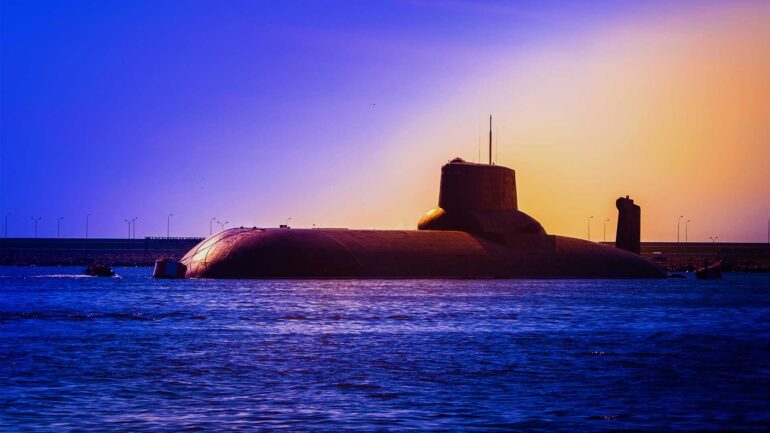TL;DR:
- Pentagon’s plan: Develop a vast AI-powered network of technology and autonomous systems.
- Focus areas: Air, land, and sea-based artificial intelligence systems.
- Key objective: Create compact and cost-effective systems to keep up with China’s military advancements.
- Urgency emphasized: Pentagon urged to move swiftly, given the growing threat from the People’s Republic of China.
- Task Force 59 inspiration: Distributed self-propelled autonomous systems with abundant sensors.
- Deputy Secretary Hicks to unveil more details at the Defense News conference in Arlington, Virginia.
Main AI News:
In a strategic move aimed at countering the growing influence of China and other adversarial forces, the Pentagon is charting an ambitious course toward the creation of an extensive AI-driven fleet. Deputy Secretary of Defense Kathleen Hicks is set to unveil comprehensive insights into this plan in her upcoming speech. This visionary endeavor envisions an investment of hundreds of millions of dollars to nurture a myriad of artificial intelligence systems across air, land, and sea domains. These systems are designed to be both compact and cost-effective, a powerful testament to the Pentagon’s commitment to staying ahead in the AI arms race.
Amid mounting concerns over the Pentagon’s bureaucratic lag in developing and deploying cutting-edge systems, the United States aims to keep pace with China’s rapidly expanding military capabilities. Kathleen Hicks emphasized the urgency of this endeavor, noting, “We’re not at war. We are not seeking to be at war, but we have to be able to get this department to move with that same kind of urgency because the PRC isn’t waiting.” The PRC, or People’s Republic of China, represents a formidable geopolitical challenge, necessitating a proactive response.
One inspiring blueprint for this futuristic endeavor lies in Task Force 59, the U.S. Navy’s network of drones and sensors initially designed to monitor Iran’s military activities in the Middle East. Deputy Secretary Hicks has offered a tantalizing glimpse of the future, envisioning “distributed pods of self-propelled autonomous systems afloat, powered by the sun and other virtually limitless resources, packed with sensors aplenty, enough to give us new, reliable sources of information in near-real-time.”
As she addresses the audience at the Defense News conference in Arlington, Virginia, Hicks is poised to shed more light on this audacious plan, ushering in a new era of AI-powered defense capabilities. The Pentagon’s commitment to innovation and adaptation stands as a testament to the nation’s determination to safeguard its interests in an increasingly complex global landscape.
Conclusion:
The Pentagon’s strategic move to develop an extensive AI-powered fleet demonstrates its commitment to maintaining a competitive edge in an evolving global landscape. This initiative signals significant opportunities for companies operating in the defense and technology sectors to contribute to the development of cutting-edge AI systems for national security.

